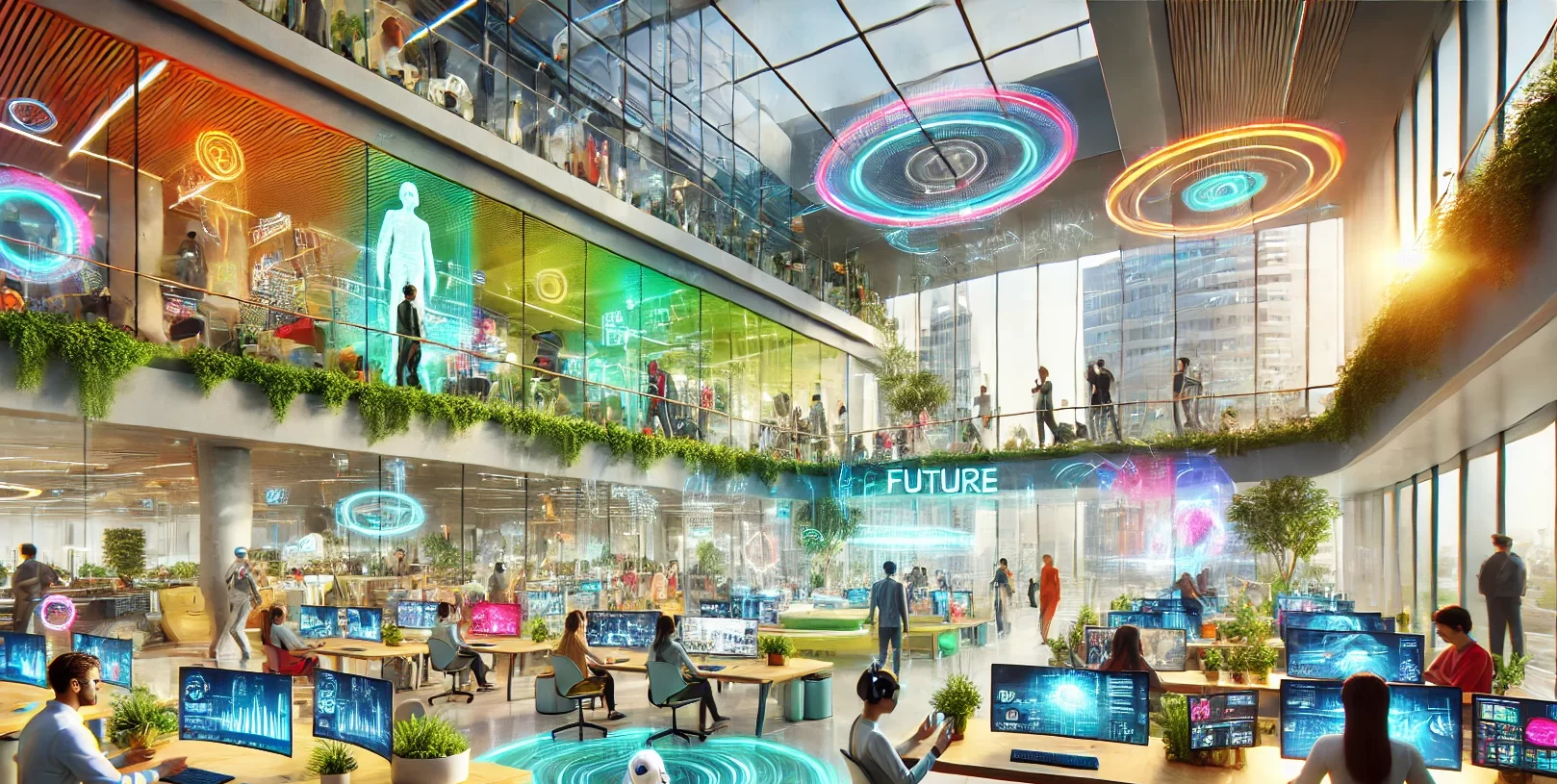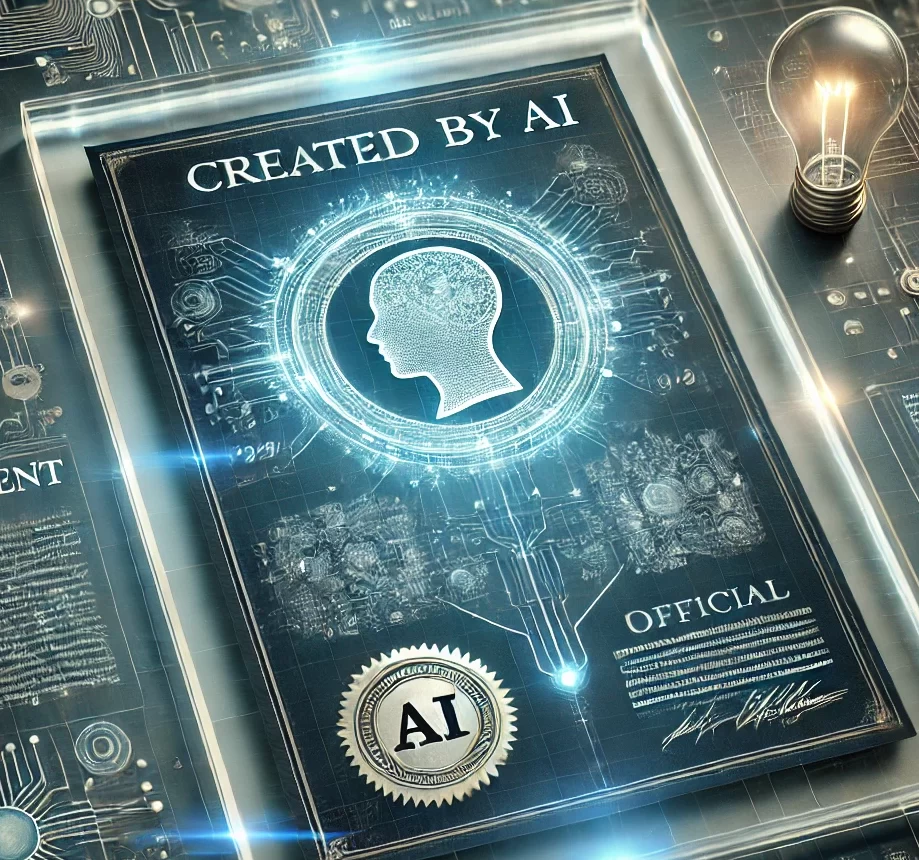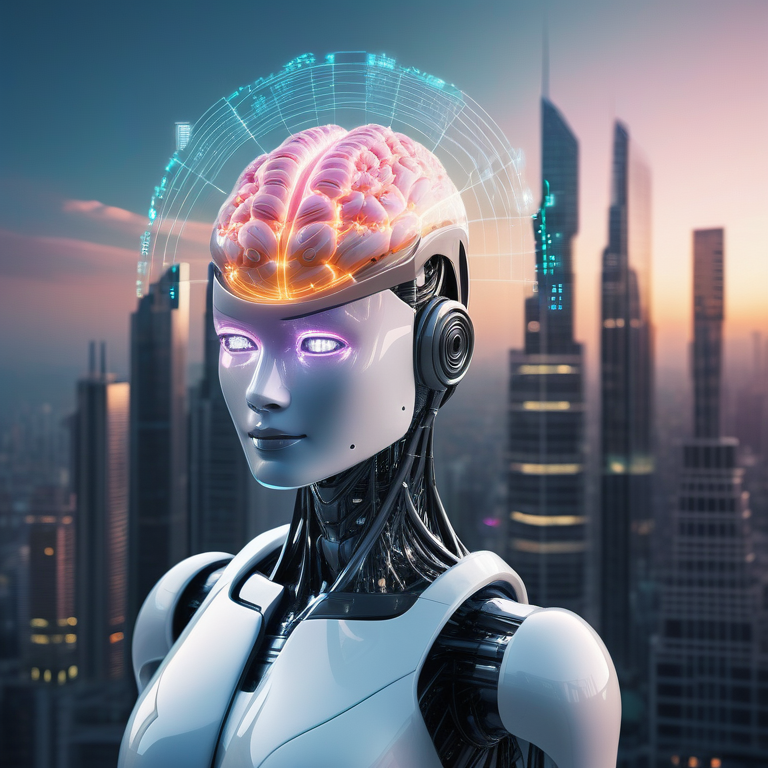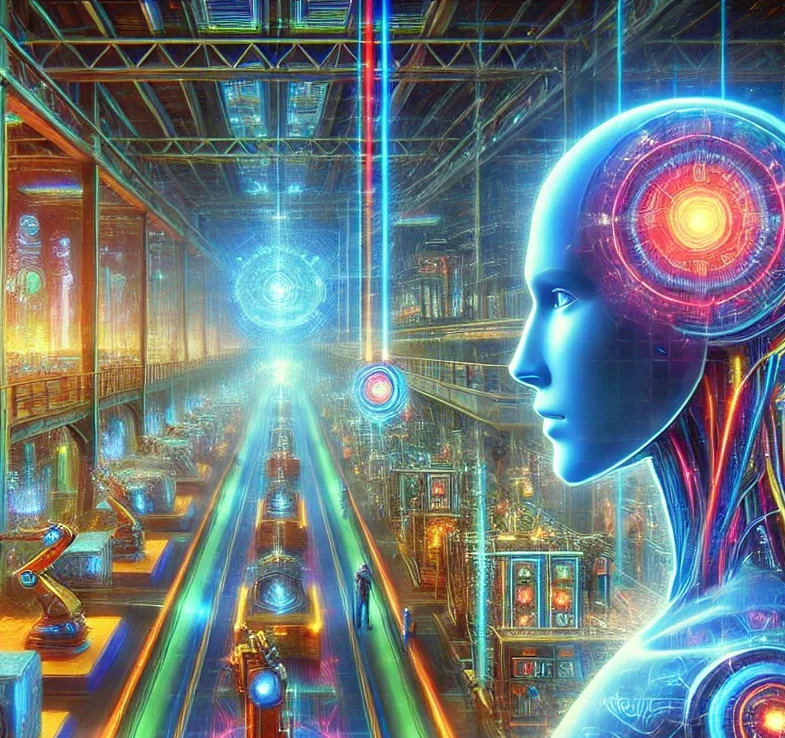AI and automation are transforming the way we work, raising questions about the future of employment. Will we work more or less as AI continues to evolve? This article offers a balanced perspective on how AI might reshape work trends, considering insights for business leaders, technology professionals, and policymakers. Let’s dive into the future of work in the age of AI!

AI’s Impact on Work Hours
Increased Efficiency
AI promises to make businesses more efficient. Tools that automate repetitive tasks allow employees to focus on higher-value work. For example:
- Customer Service: AI chatbots handle routine queries, freeing up human agents for complex issues.
- Data Analysis: AI algorithms process vast amounts of data quickly, providing insights that would take humans much longer to uncover.
Potential for Reduced Work Hours
With increased efficiency, there’s potential for reduced work hours. Some experts argue that AI can afford us more leisure time by handling mundane tasks. Many European countries, already experimenting with shorter 4-day workweeks, could serve as models for this trend.

For instance, a study by the University of Oxford found that implementing AI in the workplace could potentially reduce work hours by up to 20% without negatively impacting productivity. Additionally, a pilot program in Iceland that experimented with a four-day workweek reported overwhelmingly positive results. According to the study, not only did workers maintain the same level of productivity, but they also reported an improved sense of well-being, stress reduction, and better work-life balance.
Shift in Job Nature
New Job Categories
While AI will automate many tasks, it will also create new job categories. Roles focusing on AI oversight, ethics, and maintenance will emerge. Skills in AI programming and data science will be in high demand, leading to a shift in job nature rather than outright reduction.

Data from the World Economic Forum’s “Future of Jobs Report 2020” indicates that, by 2025, 85 million jobs may be displaced by a shift in the division of labor driven by AI and automation. However, the same report predicts that 97 million new roles could emerge that are more adapted to the new division of labor between humans, machines, and algorithms. These roles often require specialized skills, such as:
- AI Specialists: Professionals who develop, implement, and manage AI systems.
- Machine Learning Engineers: Experts in creating algorithms that allow machines to learn and adapt.
- Data Analysts and Scientists: Individuals who interpret complex data to help organizations make informed decisions.
- Ethics Consultants: Specialists ensuring AI systems operate in a fair and equitable manner, addressing ethical concerns.

Also, other roles focusing on the integration and management of AI within various industries will see significant growth. For instance, healthcare might see an increase in AI-assisted diagnostic roles. Finance sector could demand more AI risk management experts. As AI continues to evolve, the landscape of job opportunities will expand, highlighting the need for a workforce capable of adapting to these technological advancements.
Need for Lifelong Learning
The rapid pace of AI advancements necessitates lifelong learning. Employees must continually update their skills to stay relevant. Businesses should invest in training programs to help their workforce adapt to AI-driven changes. According to a report by McKinsey Global Institute, by 2030, as many as 375 million workers – or roughly 14% of the global workforce – may need to switch jobs due to automation and AI.

Moreover, a survey from the World Economic Forum found that 94% of business leaders expect employees to pick up new skills on the job. This is a significant increase from 65% in 2018. Companies with strong retraining programs benefit employees and boost competitiveness by ensuring a tech-savvy workforce.
Institutions of higher learning and vocational schools are also recognizing this shift. They are offering programs tailored to adult learners seeking to update their skills. Online education platforms like Coursera, edX, and Udacity have expanded to provide courses specifically designed to meet the needs of a workforce adapting to AI and automation. These platforms often partner with leading universities and companies to deliver up-to-date content that equips learners with the tools needed to thrive in a changing job landscape.
Investing in lifelong learning isn’t just about remaining relevant. It also provides a pathway for career growth and personal development. As AI and automation redefine the skillsets required in the workplace, those who embrace continuous learning will be better positioned to capitalize on new job opportunities that arise.
Policy and Regulation
Ensuring Fair Labor Practices
Policymakers play a key role in making sure AI benefits are fairly shared. Regulations might need updates to safeguard workers’ rights and fair pay in an automated world. Governments could provide retraining programs for workers affected by automation.According to International Labour Organization (ILO) (2020), approximately 21 million jobs globally could be lost due to automation, emphasizing the need for robust safety nets and retraining initiatives.

Furthermore, there is a growing demand for frameworks to ensure the ethical use of AI in the workplace. Issues such as algorithmic bias, data privacy, and the impact of AI decisions on job security need to be addressed through comprehensive regulations. A study by the Brookings Institution highlights that workers’ concerns about job displacement are substantial, with around 25% of the workforce at high risk of job disruption due to automation.
In addition to retraining and ethical considerations, ensuring fair labor practices also involves updating wage policies. As some tasks become automated, the nature of work changes, potentially necessitating adjustments in how labor is valued and compensated. For example, the concept of a universal basic income (UBI) has been explored as a means to provide financial stability in the face of job displacement. Pilot programs, such as those in Finland and Canada, have shown promising results in reducing poverty and improving mental health among participants.
Collective bargaining and worker representation are crucial in an AI-driven economy. Strengthening labor unions and giving workers a voice in AI tech adoption helps maintain fair labor practices. Economic Policy Institute data shows unionized workers earn 13.2% more on average, highlighting the importance of strong worker representation.
Ultimately, by addressing these various aspects, policymakers can create an environment where AI’s advantages are maximized while ensuring that the workforce is protected and fairly compensated in the transition towards greater automation.
Addressing Job Displacement
While AI can create new jobs, it can also displace existing ones. Policymakers should focus on creating safety nets and retraining programs for those affected, ensuring a smooth transition to new job roles. According to the World Economic Forum’s “The Future of Jobs Report 2020,” by 2025, 85 million jobs may be displaced by a shift in labor between humans and machines. However, 97 million new roles may emerge that are more adapted to the new division of labor between humans, machines, and algorithms.
To mitigate the adverse effects of job displacement, several actions can be undertaken. First, governments can develop targeted retraining initiatives aimed at sectors most at risk of automation. For instance, a McKinsey report suggests that by 2030, up to 14% of the global workforce will need to switch occupational categories. Such transitions necessitate upskilling and reskilling programs tailored to equip workers with the competencies needed for emerging job roles.

Moreover, industry collaborations can be instrumental in addressing job displacement. Partnerships between public institutions, private companies, and non-profits can foster the development of scalable training programs. For example, the European Commission’s Digital Skills and Jobs Coalition aims to tackle the digital skills gap by encouraging cooperation among member states and industry leaders. Through initiatives like these, displaced workers can gain access to training opportunities that prepare them for the evolving job market.
Financial support mechanisms, such as wage subsidies or unemployment benefits, can also play a crucial role in cushioning the blow of job displacement. In Singapore, the Adapt and Grow initiative includes wage support and job-matching services to help workers transition into new roles. Policies like these can provide a temporary financial lifeline while individuals undergo retraining or search for new employment opportunities.
Finally, fostering an adaptable and resilient workforce necessitates a cultural shift towards valuing continuous learning and flexibility. Encouraging a mindset that embraces lifelong education can help individuals stay relevant amid rapid technological changes. According to a LinkedIn Learning report, employees who spend time learning are 47% less likely to be stressed, 39% more likely to feel productive and successful, and 23% more ready to take on additional responsibilities.
Conclusion
The age of AI brings both opportunities and challenges to the future of work. Businesses, technology professionals, and policymakers must collaborate to harness AI’s potential while mitigating its risks. The goal should be a balanced approach that maximizes productivity and maintains a high quality of life for all workers.

By staying informed and proactive, we can shape a future where AI enhances our work lives rather than destroys them.



